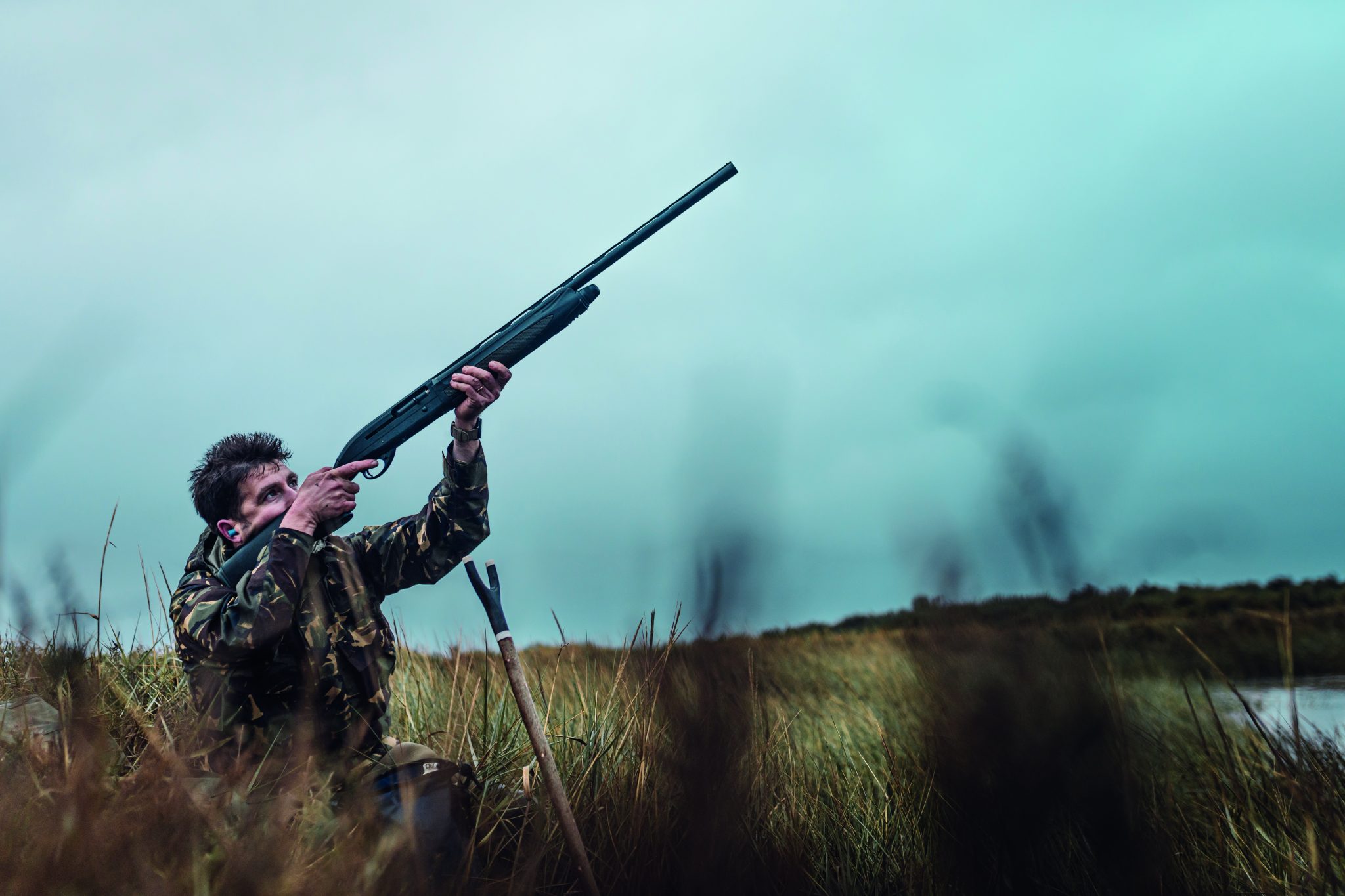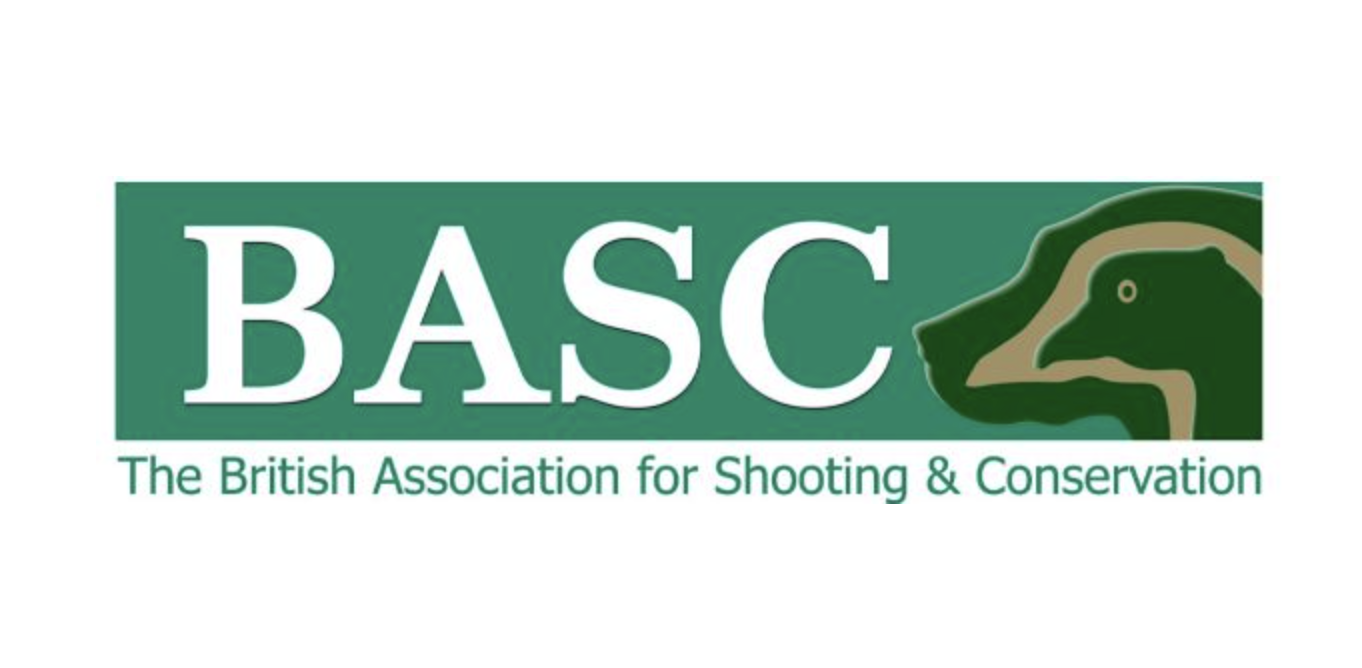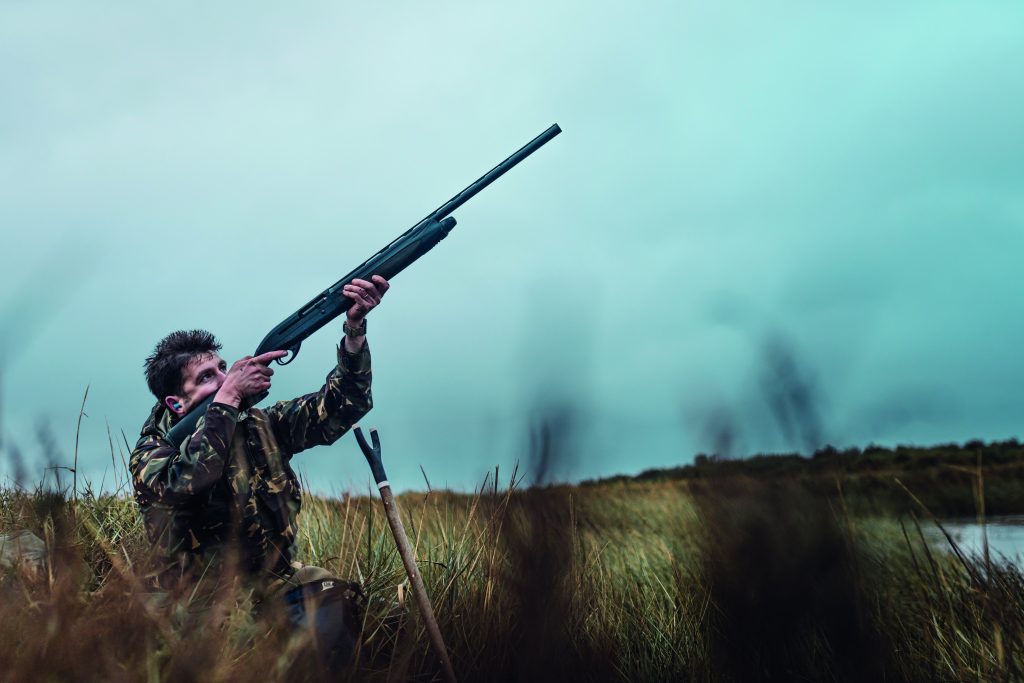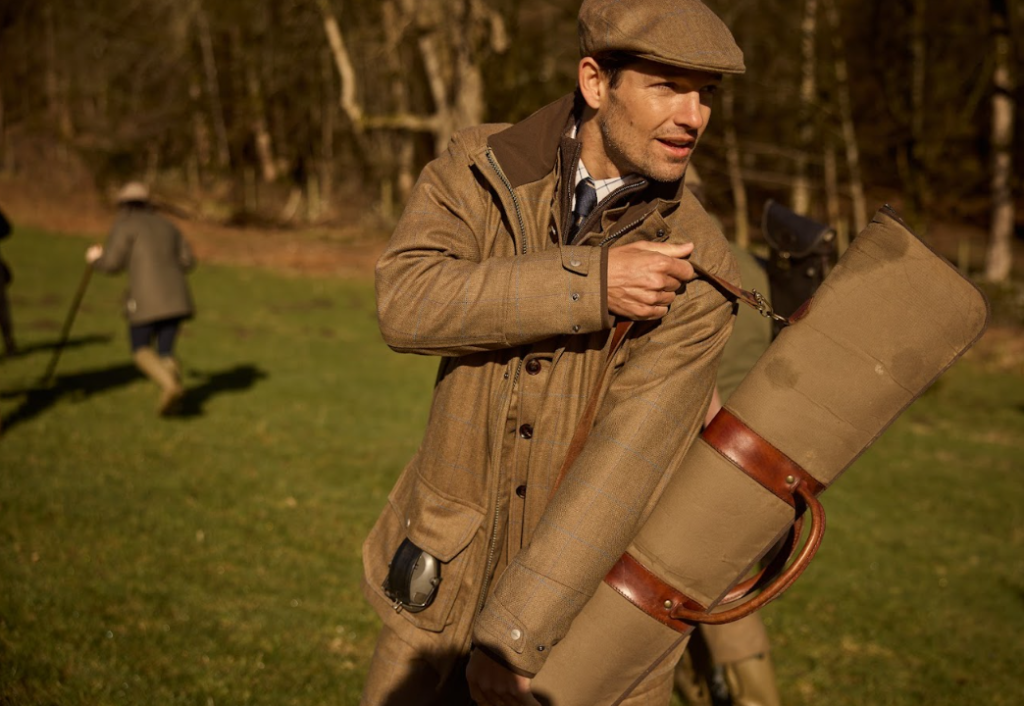Win CENS ProFlex DX5 earplugs worth £1,149 – enter here
General Licences
Who write General Licences? Those with a fondness for bureaucratic language says Mike Swan
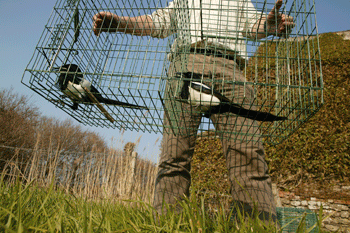
Every summer, as I tidy the traps away after the spring predation control season, I make a promise to myself that I will start a little earlier next time, and try to do a more effective job. Well, this year, I have at least made a good start. Spurred on by a student visit of trainee gamekeepers, I spent the weekend cleaning out and rebuilding trap tunnels, and setting my first Fenn traps of 2014.
One of the most amusing things I discovered while doing this was an old tunnel at the end of a hedge. I have trapped here since 1997, blissfully unaware that there was a tunnel built by one of my predecessors buried in the dead leaves less than a metre from my own. Great minds clearly do think alike!
With the crow-trapping season almost upon us, I have also been checking the pest bird licences for 2014 and helping to revise the Game & Wildlife Conservation Trust’s advisory service guidance sheets on Larsen traps and multi-catch cages. It is fascinating, and more than a little bit frustrating, to see the way in which the pest bird licences have changed since the early 1990s, when Lord Strathclyde assured us that they were just a way of allowing us to carry on as before, while allowing government to dodge a threat from European legislators.
As most will know, all our corvid control and pigeon shooting is carried out under Open General Licences issued by Natural England, Scottish Natural Heritage, and Natural Resources Wales. These allow authorised persons to kill various pest birds by shooting or cage trapping, for a range of reasons such as crop protection and wildlife conservation. Asa user, you do not need to pply for a licence, or even download a copy, but you do need to follow the rules — if you are found guilty of an offence you could receive a fine of up to £5,000 or a six-month custodial sentence.
My old files do not go right back to 1992, when all this was invented, but I do have copies of some licences from 1997, from the then issuing authorities MAFF and DETR. In those days, there were just two or three pages to each licence and some fairly simple rules to follow. Today, in England, we have six pages of rather smaller type and different licences with different lists of species that we are allowed to control in Wales and Scotland respectively.
All in the detail
So, what does all this change mean? I suppose most of it is well enough intentioned, but it does mean that the licence user has much more scope to fall foul of the rules. It also gives those who are against us lots more little pernickety things to try to pick us up on, and more scope for malicious intervention.
Take trap checking as an example. In 1997, we were simply obliged to check our Larsen and cage traps each day, but now we must do it “once every day at intervals of no more than 24 hours”. If you were to check your trap each evening at about sunset, I would say that you were doing a good job, but that 24-hour rule means that you would be illegal by a few minutes each day when daylight hours are lengthening in the spring.
To be sure of a margin for error if the truck breaks down, you are effectively obliged to check twice a day for no perceptible benefit to either decoy or trapped bird. Indeed, even though they settle and get pretty phlegmatic, I am not sure my decoys wish to see me more than once a day to provide fresh food and water.
The four basic welfare requirements for live decoys are food, water, shelter and a perch, but there is a subtle change to the wording, which is now “adequate food, water, appropriate shelter, and a perch that does not cause discomfort to the bird’s feet”. No more using bits of razor wire for perches then! What sort of idiots do the people who write this stuff think we are?
These licences also allow us to destroy nests and eggs of the species concerned, and plenty of us will have pushed out corvid nests during spring drey-poking manoeuvres. In Wales, however, this is not the preferred method of egg destruction — we are encouraged to place “removed eggs in a freezer for six to eight hours”. Meanwhile we should give the birds a minimum of three dummy eggs to sit on before replacing with the frozen eggs!
Dare I suggest that this kind of superfluous advice undermines the credibility of the civil servants who administer this stuff? It also adds reams of words to the licences and reduces the chances of their being read and understood by ordinary users.
Related Articles
Get the latest news delivered direct to your door
Subscribe to Shooting Times & Country
Discover the ultimate companion for field sports enthusiasts with Shooting Times & Country Magazine, the UK’s leading weekly publication that has been at the forefront of shooting culture since 1882. Subscribers gain access to expert tips, comprehensive gear reviews, seasonal advice and a vibrant community of like-minded shooters.
Save on shop price when you subscribe with weekly issues featuring in-depth articles on gundog training, exclusive member offers and access to the digital back issue library. A Shooting Times & Country subscription is more than a magazine, don’t just read about the countryside; immerse yourself in its most authoritative and engaging publication.



